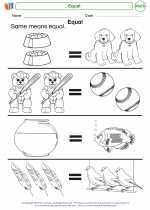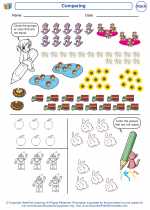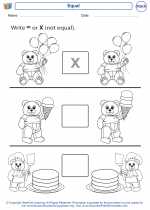Ordering Numbers
Ordering numbers involves arranging a set of numbers in a specific sequence based on their value. The three main ways to order numbers are:
- Ascending Order: Numbers are arranged from the smallest to the largest.
- Descending Order: Numbers are arranged from the largest to the smallest.
- Comparing Numbers: Numbers are compared to determine which is greater than, less than, or equal to another number.
Ascending Order
To put numbers in ascending order, start by finding the smallest number in the set. Then, find the next smallest number and continue this process until all numbers are arranged from least to greatest.
For example, if given the numbers 4, 1, 6, 3, and 2, the numbers in ascending order would be 1, 2, 3, 4, 6.
Descending Order
To put numbers in descending order, start by finding the largest number in the set. Then, find the next largest number and continue this process until all numbers are arranged from greatest to least.
For example, if given the numbers 8, 11, 5, 9, and 7, the numbers in descending order would be 11, 9, 8, 7, 5.
Comparing Numbers
When comparing numbers, symbols such as "<" (less than), ">" (greater than), and "=" (equal to) are used to show the relationship between two numbers.
For example, 5 < 8 means "5 is less than 8," and 10 > 3 means "10 is greater than 3."
[Ordering Numbers] Related Worksheets and Study Guides:
.◂Math Worksheets and Study Guides Kindergarten. Comparing, and ordering

 Coloring Worksheet
Coloring Worksheet
 Coloring Worksheet
Coloring Worksheet
 Worksheet/Answer key
Worksheet/Answer key
 Worksheet/Answer key
Worksheet/Answer key
 Worksheet/Answer key
Worksheet/Answer key
 Worksheet/Answer key
Worksheet/Answer key
 Worksheet/Answer key
Worksheet/Answer key
 Worksheet/Answer key
Worksheet/Answer key
